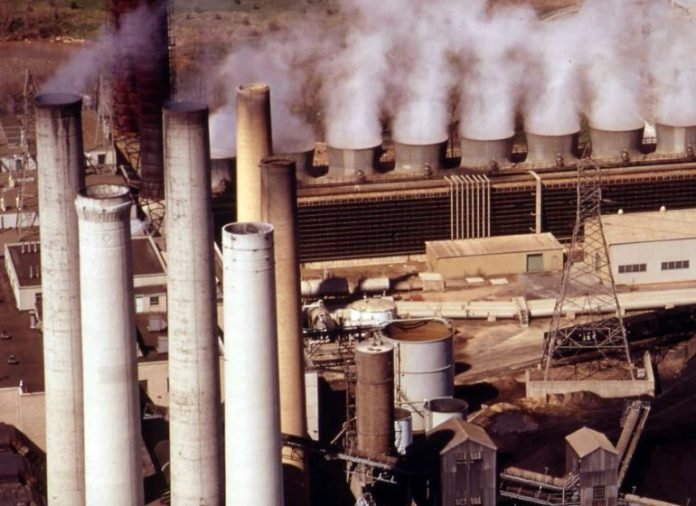The new Hwange 300MW coal-fired plant has officially been fed into Zimbabwe’s national grid. The Zimbabwe Power Company (ZPC) said the move aims to ease extended outages that have impacted businesses and households.
The state power utility further plans to open a second unit in October to boost production by 600MW. The two units will cost US $1.4bn with 85% of the cost financed by China’s state-run Sinohydro.
“The synchronization [to the power grid] has been successful … we can gladly say we have a viable investment here,” said Sydney Gata, executive chairman of Zesa Holdings.
READ:Flexible power technologies will make Africa’s energy leapfrogging a reality
Energy crisis
Zimbabwe has long battled with outages but the problem has worsened in recent months with its main supply, a hydro plant at the giant Kariba Dam in the north, struggling with very low water levels caused by recurring droughts.
The country is currently generating less than half of its 1,700 MW demand as the old thermal units at Hwange, commissioned between 1983 and 1987, frequently break down and are performing below capacity. Blackouts of up to 20 hours a day are now common.
Last year, the government announced incentives to help accelerate 1,000MW solar projects worth US $1bn planned by independent power producers, seeking to ramp up renewable power generation amid a funding freeze on coal-fired power projects as the world shifts away from the polluting fossil fuel.
The country has said it also wants more individuals as well as companies, IPPs, and even schools – to sell the excess power they generate via net metering. However, Sosten Ziuku, director of renewable energy in the Ministry of Energy and Power Development, acknowledged the high equipment costs for net metering users – especially individuals rather than IPPs that tend to operate on a larger scale.
“So we are looking at a situation where we can do bulk procurement of those meters to reduce cost,” he said, referring to solar smart meters that measure the flow of energy in both directions.





